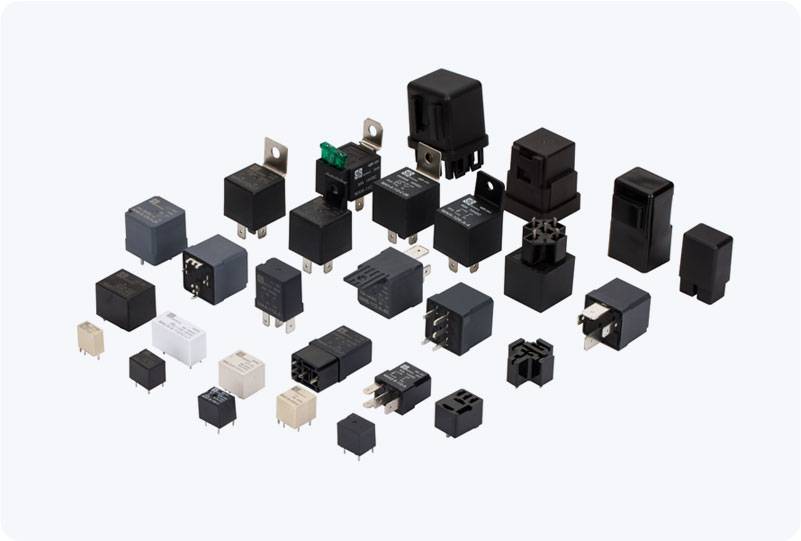understanding telecommunication relay: a key component in modern communication networks
Release time:2025-11-17 03:42:09
Telecommunication relay systems have become an integral part of modern communication networks, ensuring that signals are transmitted efficiently over vast distances. These systems, which can include both electrical and optical components, serve a variety of purposes, from amplifying weak signals to routing them through complex networks. Understanding how telecommunication relays function, their types, and their applications is essential for appreciating their critical role in telecommunications infrastructure.

What is a Telecommunication Relay?
A telecommunication relay is a device used to transfer signals from one point to another in a telecommunication system. In its simplest form, it acts as an intermediary, receiving a signal, and either amplifying or rerouting it to its destination. In networks where the transmission distance is long or the signal needs to be processed in different ways, relays ensure that the integrity and quality of the signal are maintained.
At the heart of many modern telecommunication systems, relays enable efficient data transfer, reduce signal degradation over distance, and enhance network reliability. They are used in a wide variety of telecommunications environments, including wired and wireless networks, satellite communication, and even fiber-optic networks.

